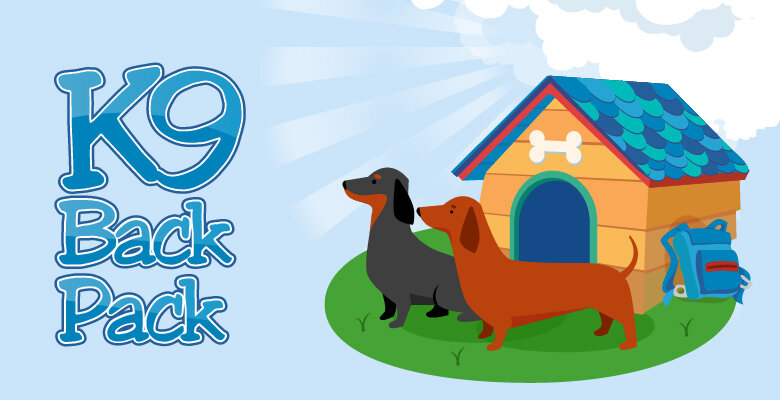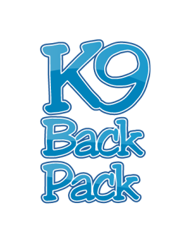Cervical Disc Problems
There is no substitute for good veterinary care.
This information is for educational purposes only and should NOT be used in place of consultation with your veterinarian.
Cervical disc problems can be the hardest to get pain under control with and then to keep pain under control, because a dog moves its head with just about every movement it makes. Moving the head moves the neck and causes more pain and can cause setbacks. Limiting the dog’s head movements will help relieve pain so healing can get under way.
Here are some tips to help limit your dog’s head movements:
If you feed kibble, moisten it with equal parts water to kibble and allow it stay in the fridge overnight. Warm it slightly in the microwave or by adding some additional warm water prior to serving. Another option is to feed canned food.
Raise the food and water dishes so that they are level with the dog’s head so that the dog does not have to lower its head to eat and drink. One easy way is to use folded towels to put the food dish on or even telephone books. You can also buy a water bowl that attaches to the side of a traditional wire crate which are available at your local pet store.
Put the bed rest den on top of a very sturdy table if you are using a traditional wire or soft-sided crate. Being higher up means your dog will not have to look up as much to see you and watch family activity. Not having to look up as much will reduce movement of the head that may be very painful.
Don’t give your dog chew treats such as rawhides, pizzles, pig ears, hooves, bones, or KONGS – anything that requires chewing and a lot of head movement. Only give soft treats.
Do not allow your dog to play with toys which will involve chewing on the toy and shaking the toy, all of which will make the dog move its head and neck to play with it.
Muscle spasms are very common with cervical disc problems and methocarbamol or diazepam work well to help provide relief.
Make a rice sock as a way to provide warmth which helps provide additional comfort. Two cautions about using a rice sock are:
Never leave a dog unsupervised with a rice sock because the warm rice smells yummy and your dog may not resist and rip open the sock and eat the raw rice which isn’t a good thing.
Don’t put the rice sock directly on the dog’s neck or back – just next to the dog to cuddle up to. Your dog may want to lay its neck on the rice sock.

